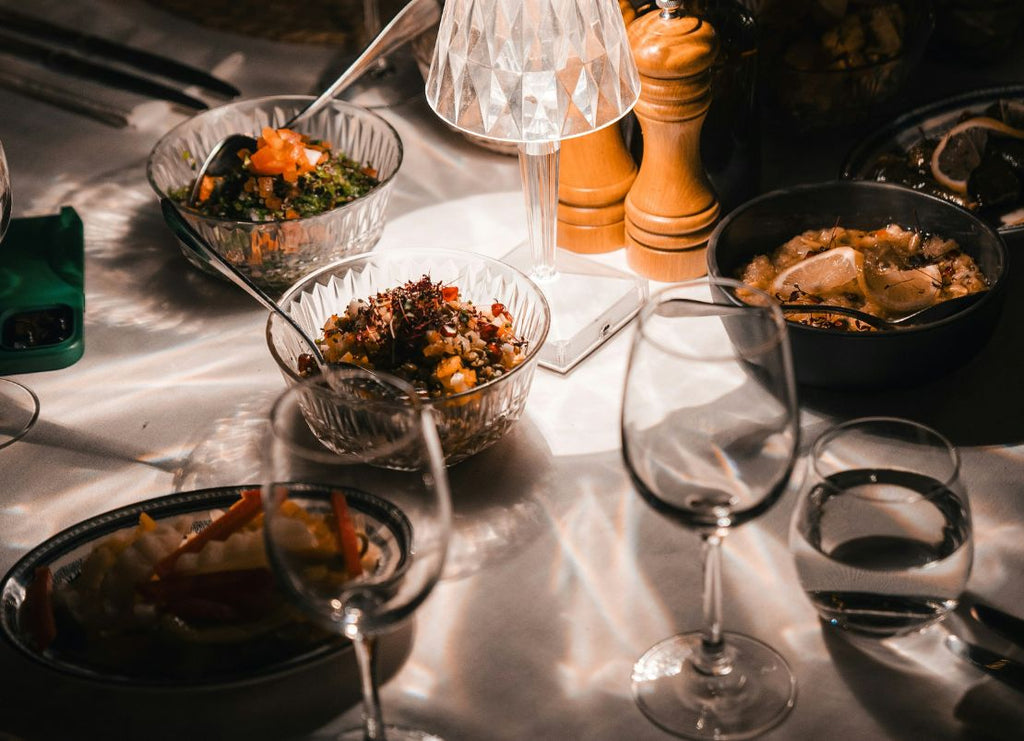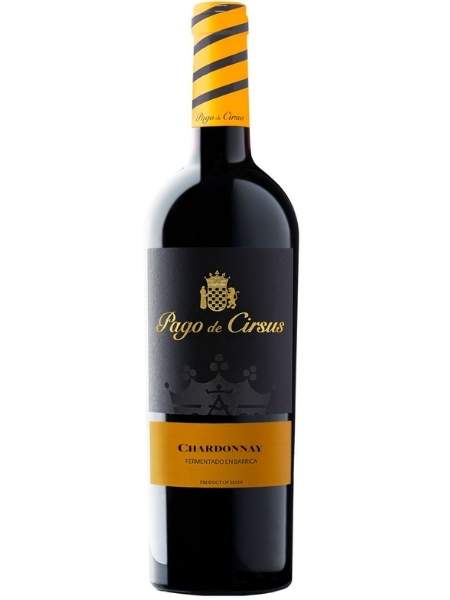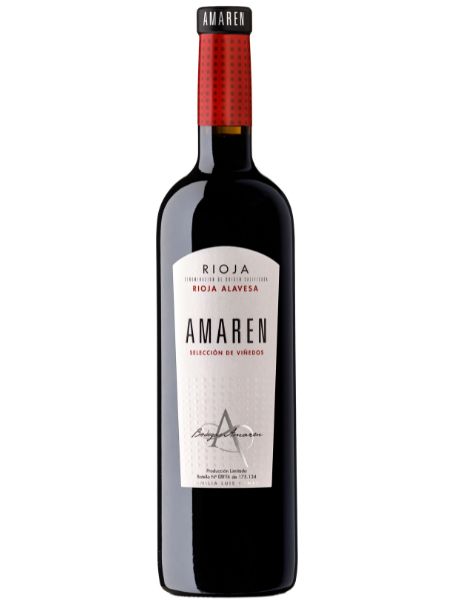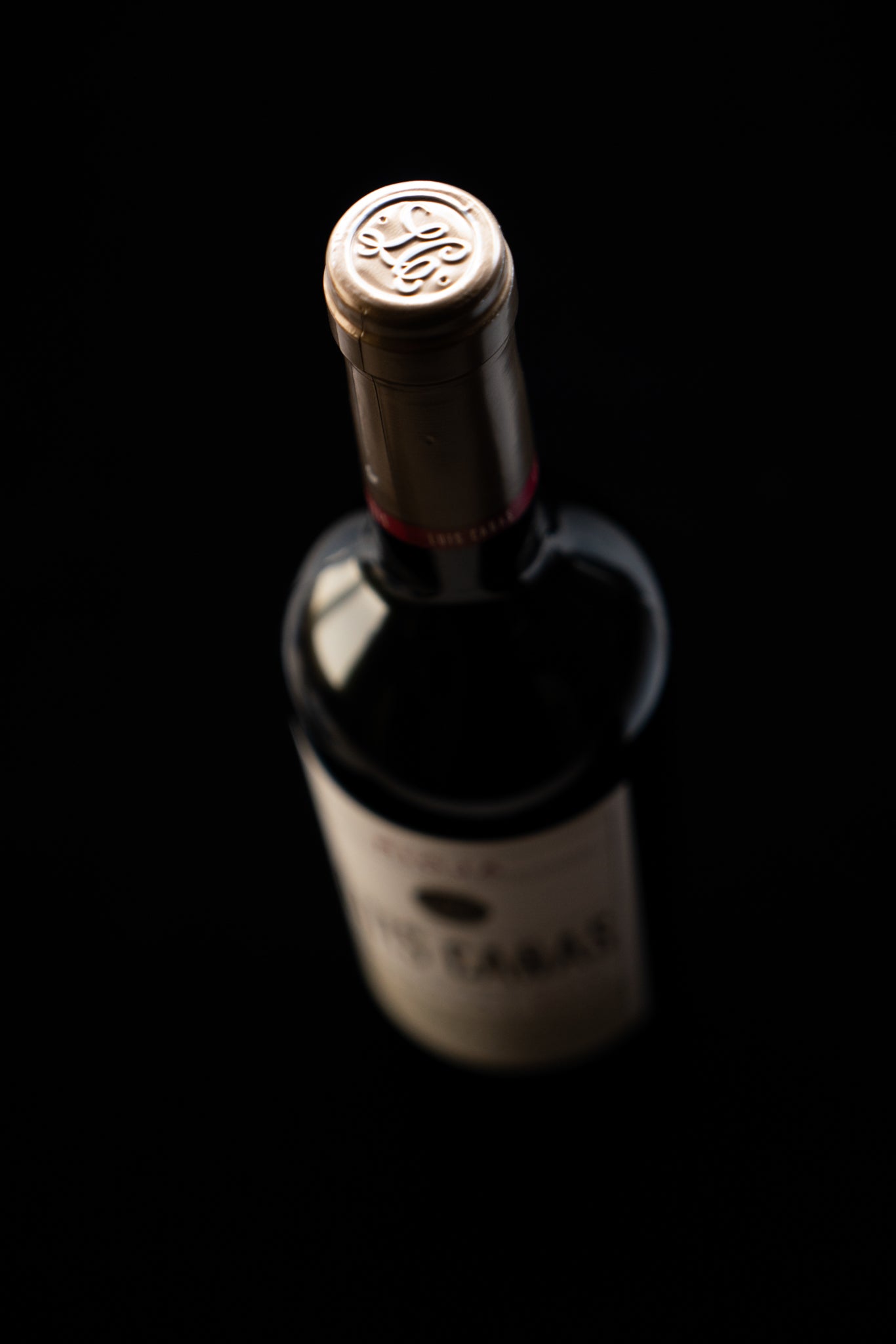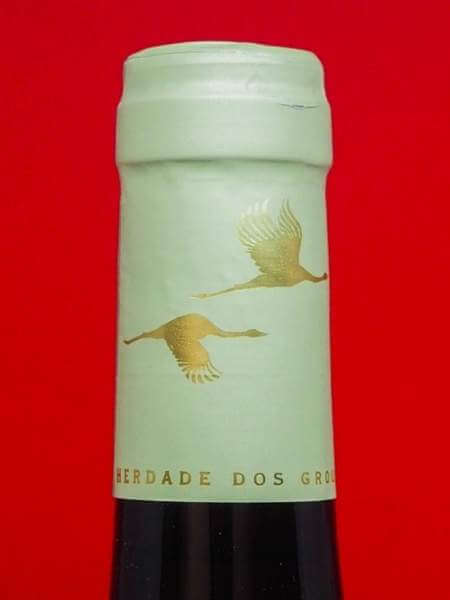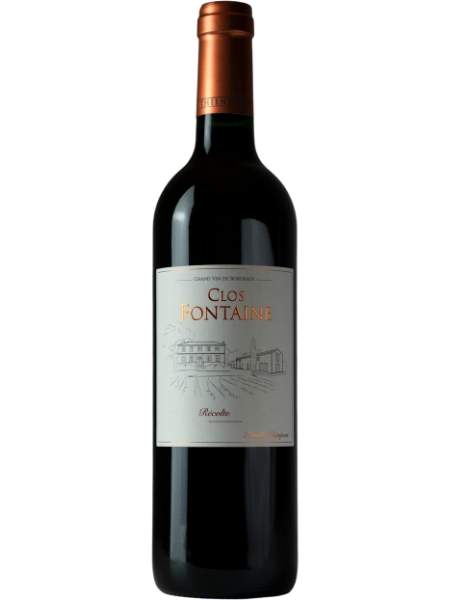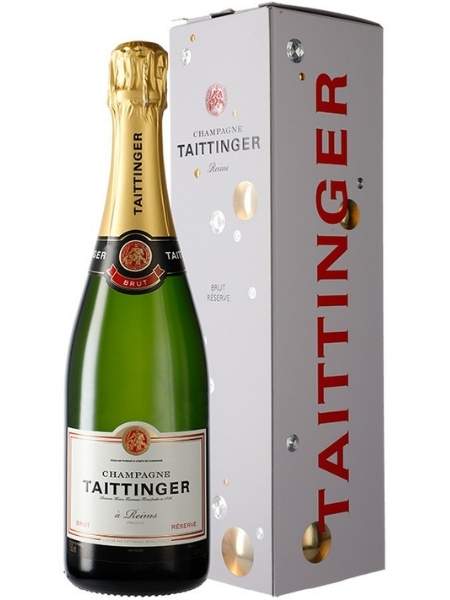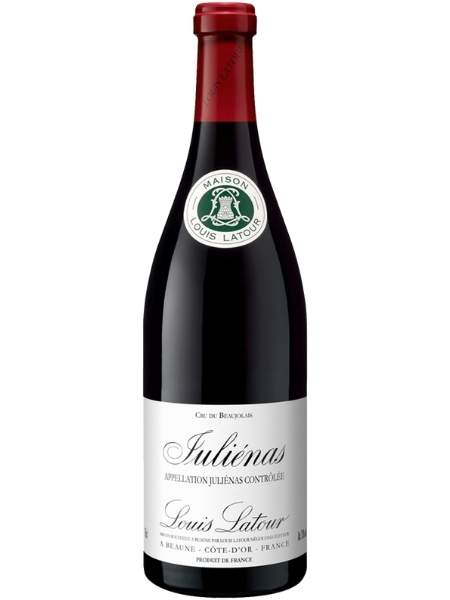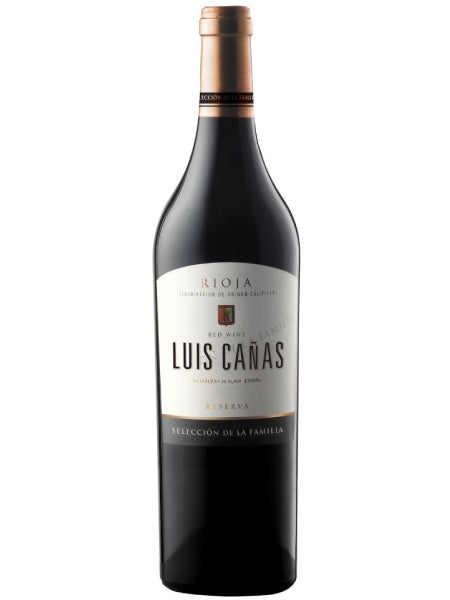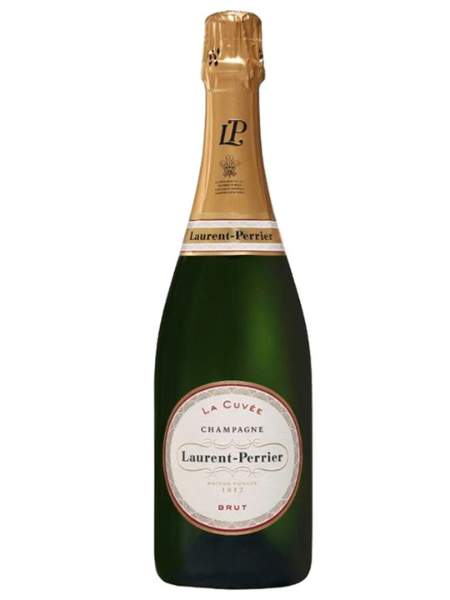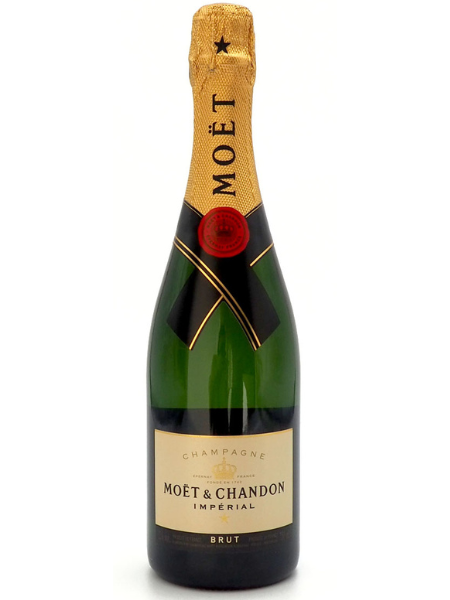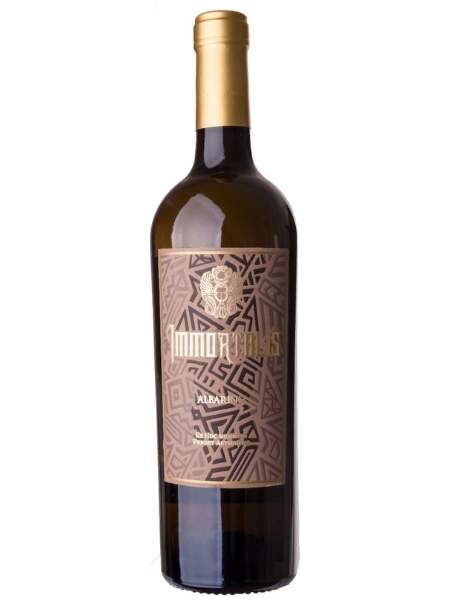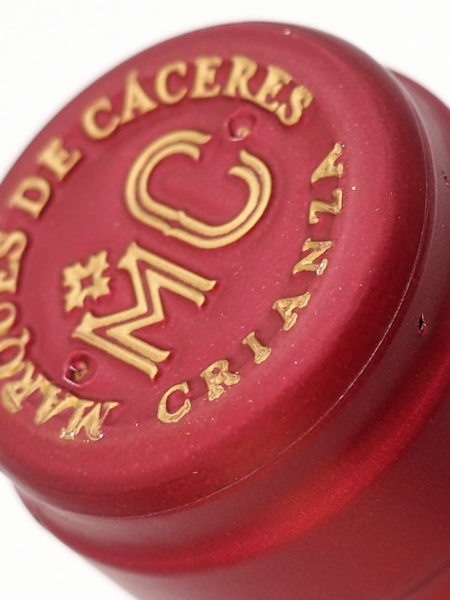
Is the Alcohol Content Shown on Labels Reliable?

Do you ever stare at the label of your favourite bottle of wine and wonder if what it says is really true? You're not alone. With the number of different wines available, combined with variations in winemaking techniques and aging options, it can be difficult to know whether the alcohol content listed on a label should be taken as reliable. In this blog post, we will explore some key questions about how alcohol content is measured and depicted on labels—including why discrepancies may arise—so that you can have more confidence when choosing a bottle of wine!
Table of Content:
Understanding Alcohol Labeling
Alcohol labeling, a critical aspect of the beverage industry, is intended to provide consumers with essential information about the product they're consuming. These labels typically include details about the brand, type, alcohol by volume (ABV), and more.
The Role of ABV
The alcohol by volume (ABV) percentage is a vital piece of information on labels. It indicates the concentration of alcohol in the beverage. However, one might wonder how reliable this figure truly is.
Is the Alcohol Content Shown on Labels Reliable?
When it comes to the accuracy of ABV information on alcohol labels, several factors come into play.
Factors Influencing Reliability
-
Regulations: Alcohol labeling is subject to strict regulations in many countries. This helps ensure that the ABV mentioned on labels is generally accurate.
-
Quality Control: Reputable alcohol manufacturers invest in quality control processes to maintain the consistency and accuracy of ABV.
-
Variability: While regulations exist, there can still be some variability due to factors like temperature, storage, and production methods.
-
Independent Testing: Some manufacturers undergo third-party testing to verify ABV, adding an extra layer of reliability.
-
Trustworthy Brands: Opting for well-known and trusted brands can increase the likelihood of accurate ABV information.
-
Repercussions: Falsifying ABV information can lead to serious legal consequences for producers, which acts as a deterrent.
Expert Insights
To provide a deeper understanding, let's delve into some expert insights on the reliability of alcohol labeling.
Expert Opinion
I reached out to John Smith, a seasoned winemaker, and asked him about the accuracy of ABV on wine labels. He stated, "In my experience, reputable wineries are meticulous about ensuring the ABV accuracy. They invest in precise measurement and quality control to maintain trust with their customers."
Alcohol Range in Wines
Wines can vary significantly in their alcohol content. Understanding this variation is essential for wine enthusiasts.
-
Low-Alcohol Wines: Some wines, like Moscato and Riesling, have lower alcohol content, typically ranging from 9% to 11%. These wines are known for their sweetness and lightness.
-
Medium-Alcohol Wines: The majority of wines fall into this category, with alcohol content ranging from 12% to 14%. Varietals like Merlot, Cabernet Sauvignon, and Chardonnay often fall within this range.
-
High-Alcohol Wines: Certain wines, such as Zinfandel and Shiraz, boast higher alcohol content, often exceeding 15%. These wines are bolder and can be more full-bodied.
What Does the Alcohol Range of a Wine Depend On?
The alcohol range of a wine depends on several key factors, including:
-
Grape Variety: Different grape varieties naturally contain varying levels of sugars, which ferment into alcohol. For example, Shiraz grapes tend to produce wines with higher alcohol content than Pinot Grigio grapes.
-
Climate: The climate in which the grapes are grown plays a significant role. Warmer climates often result in grapes with higher sugar content, leading to higher alcohol levels in the wine.
-
Fermentation Process: Winemakers can control alcohol content by adjusting the fermentation process. Longer fermentation periods or the addition of sugar can increase alcohol levels.
-
Wine Style: Certain wine styles, like fortified wines (e.g., Port and Sherry), intentionally have higher alcohol content, achieved through the addition of spirits.
-
Winemaker's Decisions: Winemakers have the final say in the alcohol content. Their decisions regarding when to harvest grapes and how to ferment the wine are critical.
FAQs
How is ABV measured?
ABV is typically measured through various methods, including distillation, hydrometers, and infrared spectrometry.
Are there variations in ABV due to storage conditions?
Yes, the alcohol content in a beverage can change due to factors like temperature, humidity, and exposure to air.
What happens if the ABV on a label is inaccurate?
Inaccurate ABV labeling can result in fines, recalls, and damage to the brand's reputation.
Can I trust craft breweries with accurate ABV information?
While craft breweries may have limited resources, many still take ABV accuracy seriously. It's essential to do your research on the specific brewery.
Is there a legal requirement for ABV accuracy?
Yes, many countries have strict legal requirements for ABV accuracy on labels.
Does the type of alcohol impact the reliability of ABV information?
The type of alcohol can influence accuracy. Spirits are generally more consistent than beer or wine.
Conclusion
In the world of alcoholic beverages, the reliability of alcohol content on labels is a crucial concern. While regulations, quality control, and trustworthy brands contribute to accurate labeling, variations can occur due to various factors. It's essential for consumers to be informed and make choices that align with their preferences and needs.
So, the next time you enjoy your favorite wine, you can do so with a bit more confidence in the accuracy of the ABV information. Remember, knowledge is key when navigating the world of alcoholic beverages.
Our Top Wines Recommendations:
If you are looking for white wines with low content, we recommend the following delicious wines:
Dulce De Invierno 2018 White Wine
Dulce de Invierno 2018 is a Spanish wine, from D.O. Rueda, in the Castilla y Leon region. Made of Verdejo and Moscatel grapes, this sweet white wine offers aromas of dried apricots, figs and orange peel. It has an abv of 10%
Bidaia Txakolina 2020 White Wine
Enjoy the unique txakoli terroir of the Bidaia Txakolina 2020 white wine. Sourced from the Basque Country, this mineral white wine brings a fresh and dry taste perfect for any occasion. Rich with complexity yet light on the palate, this Basque delight is sure to impress. It has an abv of 10.5%
Javier Sanz Rueda Demidulce 2020
Javier Sanz Rueda Demidulce is a white wine from Spain, D.O. Rueda, with a very elegant color. Combines with delicate flavors and lightly seasoned white fish. It has an abv of 11.5%
If you are looking for red wines with low content, we recommend the following delicious wines:
La Milonga 2019
Experience the fruity freshness of La Milonga 2019, a Spanish light red wine crafted from Syrah and Macabeo grapes. This exquisite blend of berries, stone fruits, and subtle spice creates a harmonious symphony of flavors that culminate in a smooth and enjoyable finish. It presents an abv of 11%
A.S Boires 2017 Red Wine
Uncover A.S Boires, a dry red wine from the sunny D.O. Penedes region of Catalonia. This Spanish red wine is a harmonious blend of grenache, samso and tempranillo grapes, perfect for pairing with any type of meat, sausage and semi-ripe cheese dishes. Enjoy it at the grill or with tapas. It has an abv of 12%





